Why Wildfire Retardant Systems Work Better Than Water for Home Protection
One of the most common questions we get at Ember Pro is whether homeowners can use their swimming pool or irrigation system to protect their property from wildfire. It sounds logical—after all, water puts out fire, right? But in reality—especially here in Southern California—water alone won’t save your home. That’s why more and more fire-prone property owners are turning to wildfire retardant systems for reliable, automated protection.

Water vs. Wildfire: The Science Isn’t on Your Side
Let’s do some quick math. A typical swimming pool holds about 25,000 gallons of water. To soak just 1.5 acres with a quarter inch of water (enough to affect ignition), you’d need over 10,000 gallons per pass.
Under Santa Ana wind conditions, water evaporates fast. To stay effective, you’d need to reapply that same amount every 30 minutes over a typical evacuation window—about 3.5 hours ¹. That totals 100,000+ gallons.
Even worse? SoCal soils are extremely porous. According to UC Agriculture & Natural Resources, water quickly soaks in and disappears, leaving little surface moisture behind.
Water Based Retardant Systems Are Expensive and Inefficient
A water-based fire defense system might sound cheap, but it’s not. To make one work, you’d need:
- At least 50,000 gallons of water storage
- Industrial-grade pumps
- Industrial-grade pumps
- Automated irrigation valves and nozzles
💸 Estimated cost: Upwards of $50,000 including infrastructure, installation, and ongoing maintenance ².
And remember—city water may be unavailable during a wildfire, since fire crews often tap the same supply. So your system might fail when you need it most.
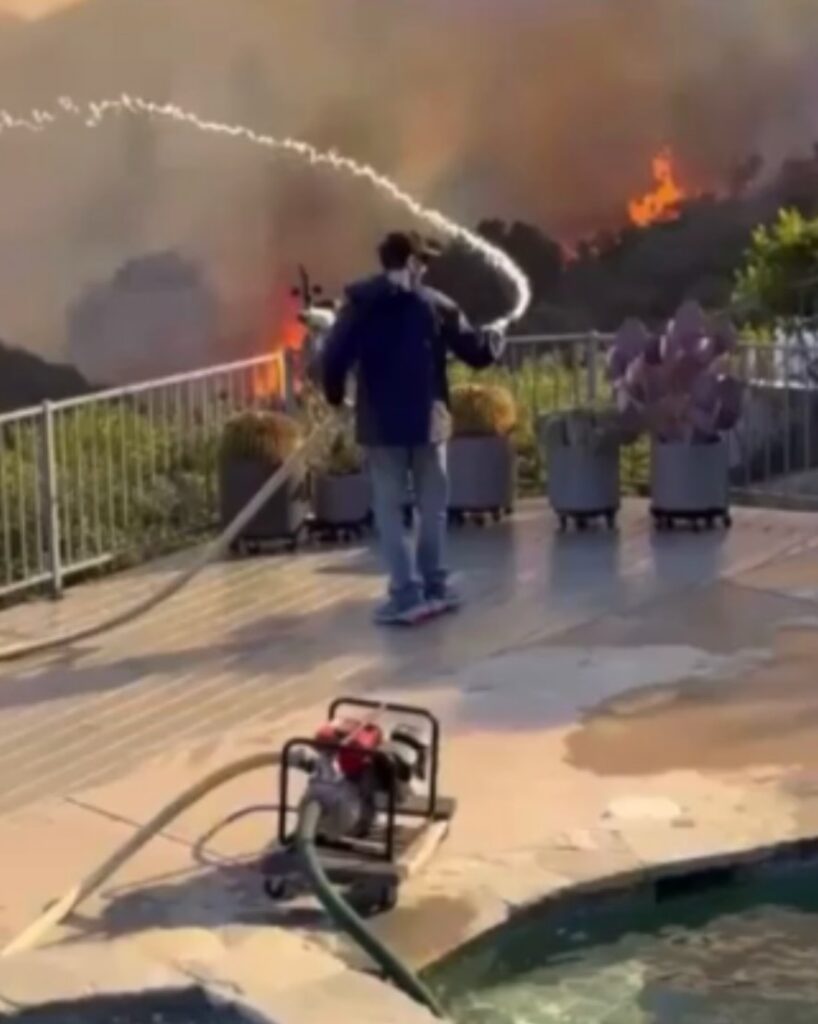
Why Wildfire Retardant Systems Are the Better Investment
Unlike water, wildfire retardant systems don’t need to run constantly. At Ember Pro, our systems are automated and triggered only when fire danger is near.
They use advanced formulas like Clore or CitroTech that:
- Stick to surfaces
- Penetrate vegetation
- Resist ignition—even after drying
🧯 Retardant doesn’t evaporate. It lasts until washed off by rain or degraded by UV—giving you days to weeks of defense instead of minutes.
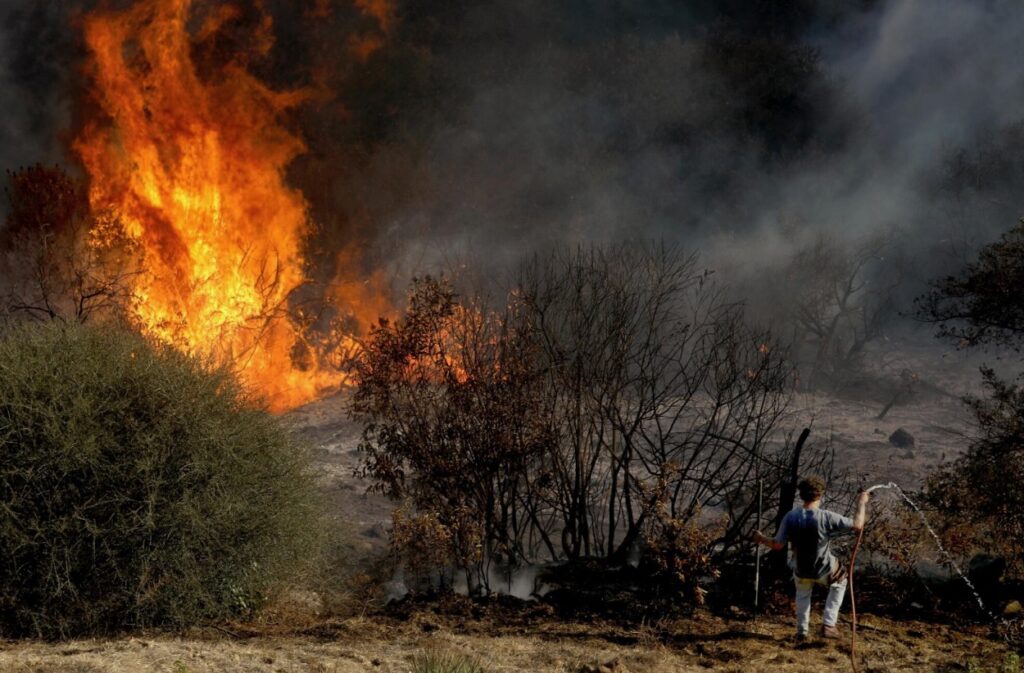
How Retardant Works
These formulas chemically bond with cellulose in wood and plant material, forming a barrier that is self-extinguishing. That means embers landing on treated surfaces are far less likely to ignite them ³.
This is especially critical in ember storms, which can arrive hours before or after the main fire front.
🔥 Learn more about how to prepare your home for embers in our Wildfire Action Plan.
Water’s Fatal Flaw: It Dries
The problem with water? Once it dries, it’s gone.
You can’t rely on it unless you’re standing outside with a hose—and that’s a bad idea during an evacuation.
Even if you automate your pool or sprinkler system, you’ll run out of water long before the fire passes. And no one’s home to refill it.
By contrast, our retardant-based systems remain effective even after you evacuate.
Wildfire Retardant Systems Stop Embers in Their Tracks
According to the California Department of Insurance, embers—not flames—are the leading cause of structure loss during wildfires. They can travel miles ahead of the main fire line ⁴.
That’s why “Safer from Wildfires” guidance includes treating ignition-prone surfaces and creating defensible space.
Ember Pro’s system help you meet those guidelines.
Proactive, Not Reactive
Water is reactive—you have to constantly apply it.
Retardant is proactive—it creates a fire-resistant coating in advance.
With Ember Pro’s wildfire retardant systems, you:
- Apply when fire risk rises
- Get professional installation + automation
- Stay protected even after evacuating
Bonus Protection: Scheduled Reapplication
Our team offers scheduled spray services during fire season. Retardants can be reapplied every 90 days for ongoing protection, especially in high-risk areas like San Diego, LA County, and Ventura County.
Final Verdict: The Smart Money’s on Retardant
For the same price or less than a complex water system, you can install a wildfire retardant system that:
- Requires less water
- Offers longer-lasting protection
- Doesn’t rely on power, city water, or manual activation
If you live in a Very High Fire Hazard Severity Zone (VHFHSZ), this is the smartest way to protect your home.
Ready to Upgrade Your Fire Defense?
✅ Visit our Wildfire Defense Systems page
📘 Download our free Wildfire Action Plan
📞 Have questions? Contact Us for a custom quote today

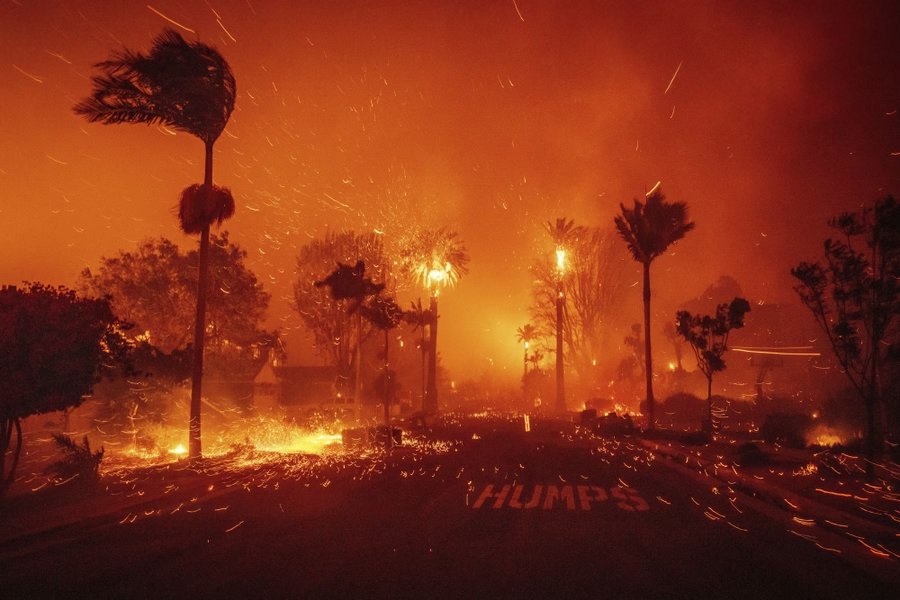
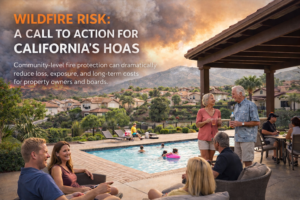
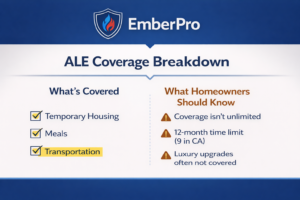
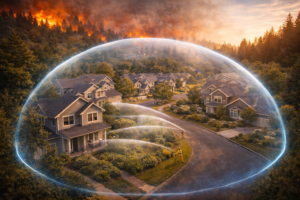
Leave a Reply